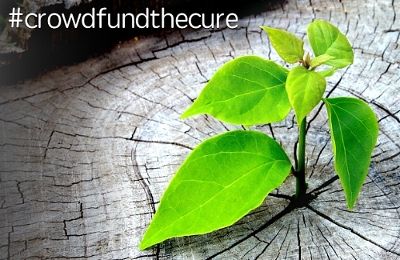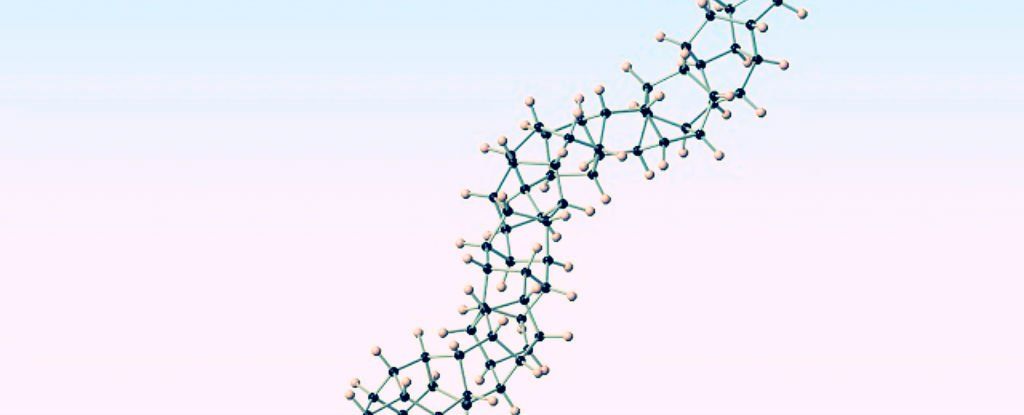Page 11922
Nov 30, 2015
This is the biggest shift going on in artificial intelligence
Posted by Andreas Matt in category: robotics/AI
Nov 30, 2015
Amazon Shows Off New Prime Air Drone With Hybrid Design — By Drew Olanoff & Frederic Lardinois | TechCrunch
Posted by Odette Bohr Dienel in categories: business, drones

“Amazon delivered a lovely update on its ‘Prime Air’ project today — almost exactly two years after it showed the first iteration of its drone.”
Nov 30, 2015
Meet Zoltan, the presidential candidate who drives a coffin
Posted by Zoltan Istvan in categories: cyborgs, economics, geopolitics, life extension, transhumanism
Excited to have a full feature on the BBC homepage on transhumanism and my growing presidential campaign. Transhumanist Party, speech at the World Bank, Immortality Bus, and universal basic income issues discussed:
Not many politicians running for the White House promise to end death. But not many politicians are Zoltan Istvan. Tim Maughan meets a man travelling America in a giant coffin-shaped bus to make his point.
Nov 29, 2015
Life Extension Advocacy Foundation Launches Lifespan.io
Posted by Shailesh Prasad in categories: innovation, life extension
NEW YORK, Aug. 26, 2015 /PRNewswire-iReach/ — The Life Extension Advocacy Foundation (LEAF) officially launches Lifespan.io, an online platform designed to bridge the gap between longevity researchers and the public who support breakthroughs happening in this burgeoning field.
Lifespan.io is a website designed to house today’s most promising life extension projects. People are invited to contribute financially to the ones they wish to support. This unique approach to crowdfunding gives the public the opportunity to learn about longevity research, meet the people making it happen, and allows them to be a part of promising, historical breakthroughs in life extension technologies.
Nov 29, 2015
Scientists show that gene editing can ‘turn off’ human diseases
Posted by Shailesh Prasad in categories: biotech/medical, genetics
Gene editing has already been used to fight diseases, but there’s now hope that it might eliminate the diseases altgether. Researchers have shown that it’s possible to eliminate facial muscular dystrophy using a newer editing technique, CRISPR (Clusters of Regularly Interspaced Short Palindromic Repeats) to replace the offending gene and ‘turn off’ the condition. The approach sends a mix of protein and RNA to bind to a gene and give it an overhaul.
This doesn’t mean that doctors suddenly have a cure-all on their hands. They haven’t tried CRISPR on real live people, and there’s no guarantee that it’d work with every genetic condition under the Sun. The initial test was only 50 percent effective, too. If this gene mending is useful in the field, though, it could do a lot to transform medicine. Doctors could treat the root cause of a genetic disease rather than deal with the symptoms, and possibly wipe it out entirely — or at least, make it more bearable.
[Image credit: Getty Images].
Nov 29, 2015
Scientists develop INCREDIBLE anti-ageing pill which could help you live PAST 120
Posted by Shailesh Prasad in category: biotech/medical
It will be a replay of the same catastrophic explosion astronomers first saw in November 2014.
Nov 29, 2015
Price of Lab-Grown Burger Falls from $325K to $11.36
Posted by Shailesh Prasad in category: food
Nov 29, 2015
Diamond nanothread rivals graphene as the next big wonder material
Posted by Shailesh Prasad in categories: energy, materials
For some time now, graphene has been the wonder material that scientists have been most excited about using: as it develops, it promises to transform everything from night-vision goggles to energy storage. Now researchers across the globe think they’ve come up with a material to rival it: diamond nanothread.
The clues are in the name. This potentially revolutionary, next-generation material is partly made from diamond and is incredibly thin as well as incredibly strong. Technically speaking, we’re looking at a type of carbon (like graphene) taking the form of a one-dimensional diamond crystal that’s topped with hydrogen. To create the material, benzene molecules were stacked together and pressurised.
It’s too early to say how diamond nanothread could be used — right now scientists are still at the research and simulation stage — but one of the appeals of a material like this is its versatility. And a team of scientists working at the Queensland University of Technology (QUT) in Australia has been looking into the properties of diamond nanothread and think it might be more versatile and robust than originally believed.














